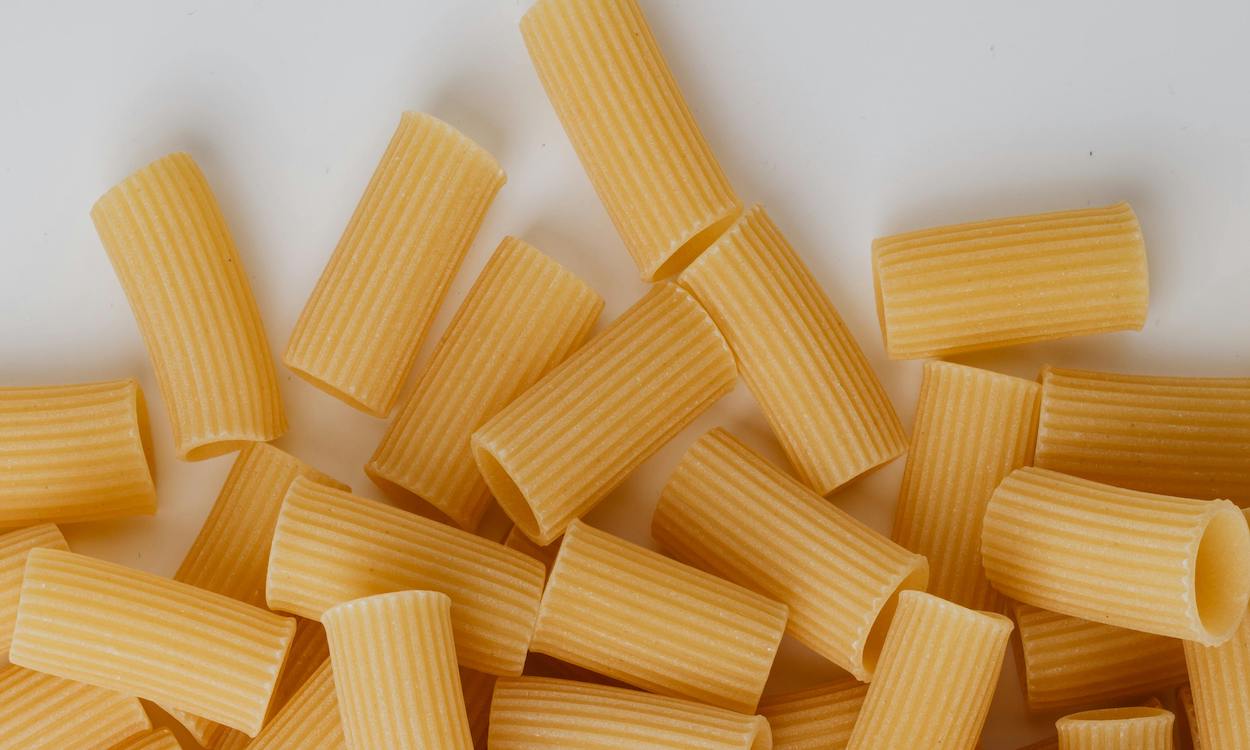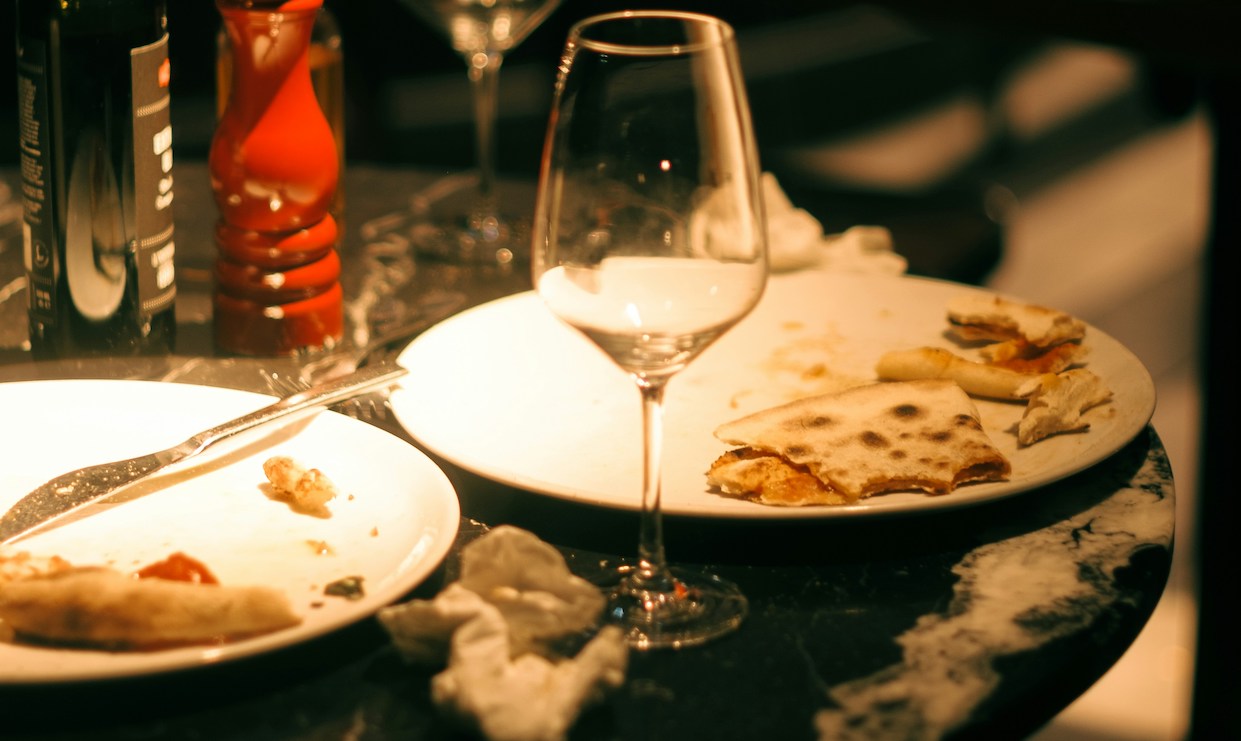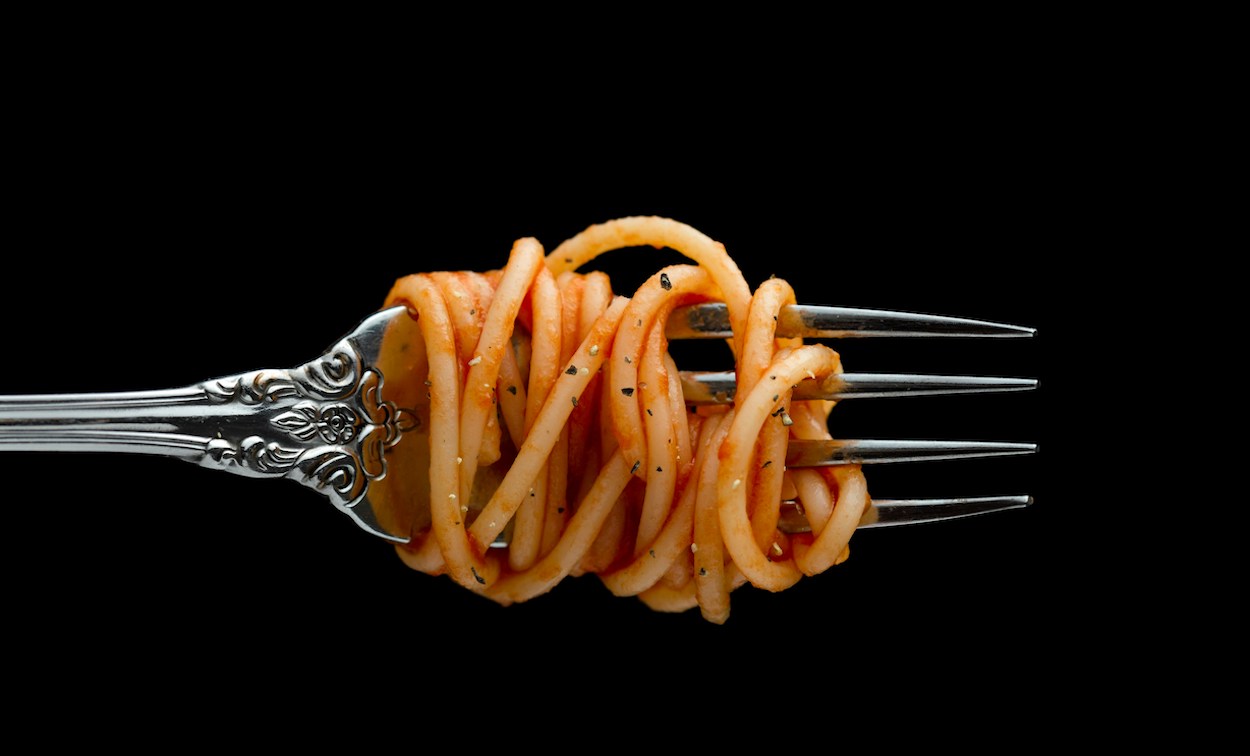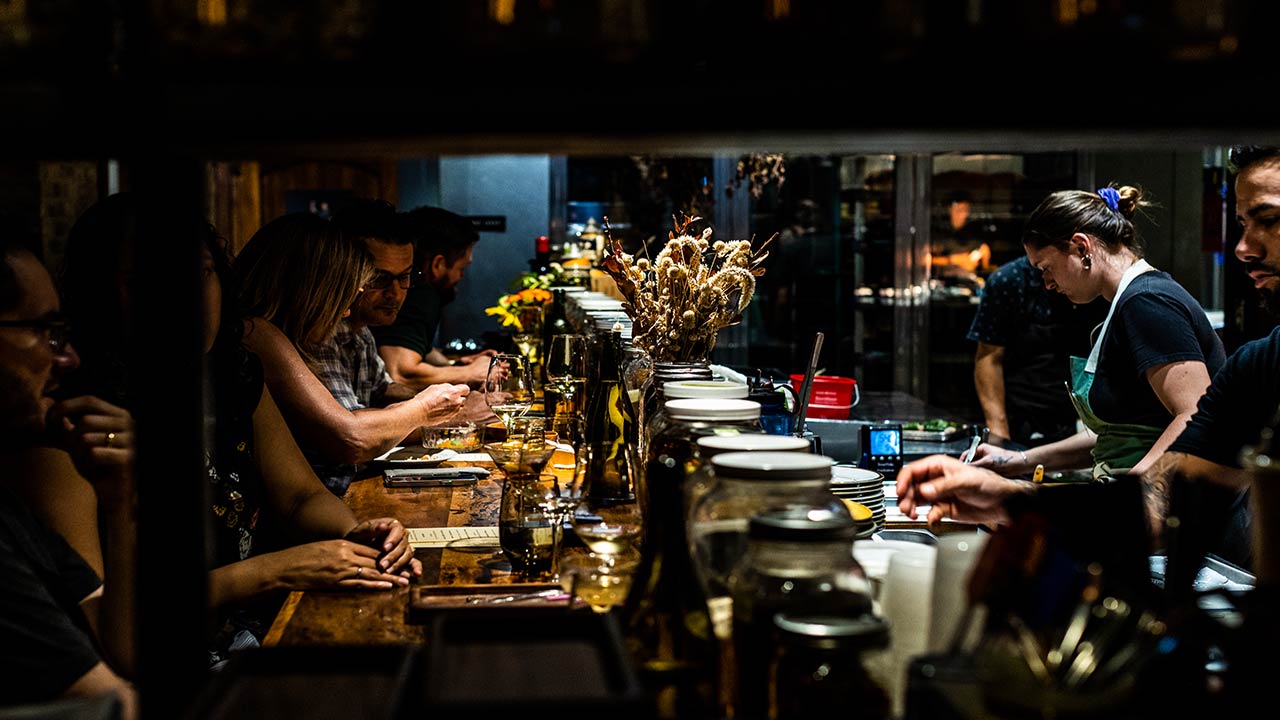I have the pleasure of currently being in the middle of Stanley Tucci’s lovely book Taste: My Life Through Food.
I picked it up because I love this talented actor, but I stayed for the delicious recipes and heartwarming, all-too-relatable anecdotes. Although I am not finished, I feel confident recommending it to any foodies, Stanley Tucci lovers, Italians, and human beings.
In one chapter, between his poetic writing and familial tales, he brings up “cucina povera.” I’d never heard this phrase before but immediately understood it, and it connected with my absolute abhorrence for food waste.
We should take a page from the cucina povera book, and I’ll tell you how and why.
What Is Cucina Povera?
Cucina povera (make sure you get the Italian accent right) is a specific type of Italian cuisine that uses traditional cooking techniques and rural peasant ingredients. “Cucina povera” translates to “kitchen of the poor” or “poor cooking.”
It originated mostly in Southern Italy, in places like Tuscany. However, there are examples of cucina povera throughout the country.
Adopting a Cucina Povera Attitude

There are a few pillars of cucina povera cooking that are important to understand, especially if you want to embrace this rustic cooking style.
Local
Cucina povera ingredients are sourced as locally as possible to save money. Local farmers and grocers can often charge less for ingredients because no transportation costs are involved.
Local ingredients are often fresher and more flavorful, and you can support local businesses. Shopping local doesn’t just mean fruits and veggies, either. Get your wine from a local vineyard. Buy dairy from a local farm. Find honey from local beekeepers.
Seasonal
Shopping local also means shopping seasonally. We’re all very spoiled these days and can get practically any fruit or vegetable whenever we want, from Christmas to the Fourth of July. Italians living in rural regions didn’t have this luxury, so they made do with the ingredients they could get.
Limiting ourselves to seasonally available ingredients not only helps us save money and cut down on the environmental impact of our food consumption, but it forces us to change our diet regularly. If you find yourself in cooking ruts, making the same thing over and over again, this is a brilliant way to break out of that.
Cheap Cuts
The Italians who invented cucina povera were not eating filet mignon. They would choose the very cheapest cuts of meat to get that umami flavor and dose of protein without exhausting their finances.
Cheap cuts of meat include brisket, pork shoulder, flat steaks, ribs, chicken legs, and skirt steak, just to name a few. Opting for these inexpensive cuts stretches your grocery budget much further, and you help ensure every part of the animal is eaten.
Scraps and Leftovers
Lastly, cucina povera is all about resourcefulness. Throwing away food scraps or meal leftovers is a nasty habit of mine, and I know I’m not alone. Vegetable scraps can become broth; leftover bolognese can be transformed into a lasagna; the mushy apples could be apple sauce. There are options, we just have to get our kitchen priorities in order.
Unless something is moldy, rotten, or otherwise dangerous, it should be put to use and not tossed. And ideally, we shouldn’t let anything go bad if we can help it.
Crafting a Cucina Povera Meal

If you want to dive into Italian cucina povera cuisine, you can create a traditional Italian meal with only cucina povera dishes. Here’s a little cheatsheet for you. Pick one to two from each category:
Aperitivo & Antipasto (Appetizers)
Prosciutto
Bruschetta or Fettunta
Panzanella
Ribollita
Cozze Fritte
Primo & Secondo (First & Second Courses)
Pasta e Fagioli
Spaghetti Aglio e Olio
Pasta Puttanesca
Acquacotta
Pappa al Pomodoro
Dolce (Dessert)
Biscotti
Zabaione
Granita al Caffè
These offer a taste of traditional cucina povera. But we don’t need to limit the cucina povera attitude to Italian cuisine! You can resourcefully use ingredients from any cuisine to make a new dish.
When in doubt, I find that Italian, Mexican, and Indian dishes are most accessible to me in limited-ingredient situations. But that may just be due to my cooking and grocery shopping habits.
Power Outages and Pantry Magic

Recently, Xcel Energy dropped the ball — my entire neighborhood and I had to endure four lengthy days without consistent electricity.
At one point, we didn’t have power for 22 hours in the middle of a Colorado heat wave, with daytime highs between 92ºF and 99ºF. Maybe you see where this is going.
Roughly $300 worth of food had to go in the trash:
- An untouched, full-sized, no-bake cheesecake I’d spent the whole day making.
- A gallon of fresh milk from our local dairy farm.
- A chicken salad worth dying for.
- My beloved kefir, a Russian yogurt drink that I live for.
- A full bag of jumbo shrimp.
The list goes on.
I was sick to my stomach. I refused to buy more food for over a week out of fear another outage would come and I’d have to waste even more food. Instead, we did one of my favorite things: making magic with pantry items.
This magic is often Italian in nature since things like dried pasta and canned tomatoes (I know this isn’t proper Italian) are always ready to go in my house. While I wasn’t aware of the cucina povera traditions, it seems this resourcefulness was already built into my Italian bones.
The Fight Against Food Waste

Food waste has always disturbed me, especially my own. Finding a bag of mushy lettuce or a tub of moldy sour cream in my fridge hurts my soul.
Industries like food service and farms waste a staggering amount of food, roughly 10 million tons each year in the US alone. However, you and I are the real villains of this story. Annually, US households produce over 42 million tons of food waste.
I know people who “hate” leftovers, and I do, too, sometimes. In many cases, if dinner isn’t perfectly portioned, the rest goes in the trash. Throwing food in the trash should be a last resort, not a routine occurrence. I’m working on it. Maybe embracing cucina povera could be a step in solving this problem.
Humbling Our Food Habits
I’m not saying shifting to a cucina povera mindset is easy. Being resourceful and creative in the kitchen takes much practice and versatility.
Eliminating food waste is not a simple feat, but the rural peasants of Italy prove that cooking with modest and limited ingredients does not mean your dishes will be modest or limited.
If we can shift the way we think about our food and ingredients, we can make mouthwatering meals while saving money and helping the planet. Every single time you walk over to your trash with an edible item in hand, ask yourself, “What can I make with this?” Oh, and pick up Stanley Tucci’s Taste and enjoy.




